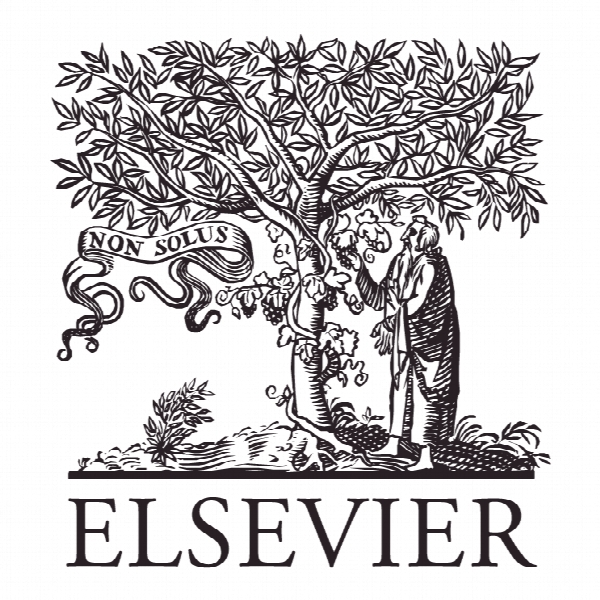تحقیق در استراتژی های بازاریابی اجتماعی با یک مدل تبلیغ مبتنی بر عامل Research on Social Marketing Strategies with An Agent-based Propagation Model
- نوع فایل : کتاب
- زبان : انگلیسی
- ناشر : Elsevier
- چاپ و سال / کشور: 2017
توضیحات
رشته های مرتبط مدیریت
گرایش های مرتبط مدیریت استراتژیک، بازاریابی
مجله IFAC-PapersOnLine
دانشگاه Chinese Academy of Sciences, China
نشریه نشریه الزویر
گرایش های مرتبط مدیریت استراتژیک، بازاریابی
مجله IFAC-PapersOnLine
دانشگاه Chinese Academy of Sciences, China
نشریه نشریه الزویر
Description
1. INTRODUCTION ntegration of online advertising and big data analysis, more and more advertisers now prefer to promote their products or services through the social marketing channels. In literature, social marketing is defined as the design, implementation, and control of programs calculated to influence the acceptability of social ideas, and it involves considerations of product planning, pricing, communication, distribution, and marketing research (Kotler & Zaltman, 1971), which is a much broader idea than social advertising and even social communication. Social marketing has a positive effect on the brand image, awareness and equity, which can contribute to a significant improvement in purchasing intention (Dehghani & Tumer, 2015). Social marketi. Social marketing is closely related to viral marketing, where advertisers attempt to artificially create word-of-mouth advertisements among potential customers. Their main difference lies in the decay rate, which represents the rate to lose interests on sharing the given advertising information. Typically, there is one-time sharing in viral marketing as the advertising information is spread with little or no interaction. On the contrary, social marketing aims at persistent interests and growing sharing. When the decay rate increases above a certain threshold, social marketing tends to be viral marketing. The social marketing process can be broadly modelled in terms of three components: a social network through which advertising information is propagated, a set of users that propagate the information, and a seeding strategy that activates the process by determining the initial set of targeted users chosen by advertisers (Bampo & Wallace, 2008).The seeding strategy is of particular importance, since a proper strategy can help advertisers to deliver the ideas to a wide range of target users. Generally, there are two popular seeding strategies for advertisers: selecting the best-matched users via Web cookie analysis, and selecting the influential users on the basis of their social activities (Li & Shiu, 2012). The former is called the targeting strategy, while the latter the influencer strategy.


